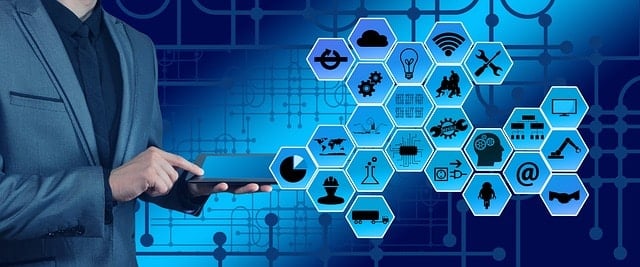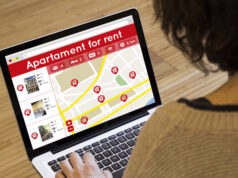
Over the last ten years, geospatial technology has undergone a massive transformation. It has helped change the way businesses operate and fulfill their customer commitments.
Technological advancements continue to unfold new possibilities in the area of urban planning, retail, transportation, space exploration, and more. Tools such as 3D mapping software, HD maps, augmented reality, and the Internet of Things, are changing the way we look at the world.
The global geospatial analytics market is predicted to grow from $63.61 billion in 2021 to over $147 billion in 2028. So, what are the trends that are going to help make this prediction come true?
What Does GIS Mean?
GIS stands for Geographic Information Systems. It is a term that refers to a particular kind of geospatial technology. GIS catalogs spatial information in a way that makes it easier to reference, store, manipulate, analyze, and map out in a visual representation.
What Are The GIS and Geospatial Trends for 2023?
The following geospatial and GIS trends will be influencing several industries this year.
AI and Machine Learning
Machine learning (ML) and artificial intelligence (AI) play a key role in spatial analysis and mapping.
Over the past few years, applications using AI have been evolving and now it’s found its way into geospatial solutions too.
Data processing can be a very time-consuming aspect of geospatial, however, AI makes the process easier. It’s able to handle multiple tasks easily, quickly find patterns, and help with training.
A good example of AI in action is GeoAI. It is used in urban infrastructure to track and monitor changes in an area over a specific period.
Advanced 3D Mapping
With advanced 3D mapping, you get to add a Z dimension to your data. It’s generally used in building information, smart city planning, global issue views, regional analysis, and Maga campus management.
Advancements in drone technology and LiDAR scanning mean 3D mapping will become more accessible and accurate.
Potential applications for 3D mapping include virtual tours, navigation, urban planning, geospatial analysis, immersive gaming, and Augmented Reality/Virtual Reality experience.
Indoor Mapping
Indoor mapping can be used by visitors and consumers for navigating their way around malls, railway stations, airports, and all types of places.
Over the last few years, indoor mapping has evolved and is now more flexible and user-friendly.
Indoor mapping platforms can take building floor plans and convert them into a 3D digital map. This can also help in public safety emergency response systems for providing an accurate location even inside a building.
Real-Time Data
Data has always played a part in GIS and geospatial solutions, but it looks set to become even more important thanks to real-time data, big data, and analytics.
Real-time data is becoming more important in industries such as emergency management and transportation. GIS platforms that can process real-time data are becoming more in demand.
IoT and AR/VR
IoT stands for the Internet of Things. This term is used to describe physical objects embedded with sensors and other technologies that collect and store data.
In geospatial terms, the data collected can be used in several ways such as enhancing customer experience and improving the accuracy of location-based services.
AR (Augmented Reality) and VR (Virtual Reality) help GIS interact with the outside world by enhancing or adding 3D features. AR/VR has already been used in GIS applications to provide interactive and immersive experiences. AR has proved a useful tool in construction for seeing the visual impact in architecture and building design.
Digital Twin
A digital twin is a virtual 3D representation of a physical environment that might be a highway, river, building, ocean, or earth.
Businesses are using digital twins in various applications such as the designing of 3D environments and complex equipment. It can also be used in complex medical procedures and for studying digital agriculture.
Spatial Data Science
This is an emerging field that combines statistics, machine learning, and GIS to gain insights from geospatial data. As the amount of available data increases, so does the need for professionals who can analyze it.
Smart Cities and Urban Planning
For smart cities to function effectively, they need a constant feed of geospatial data. As more and more smart cities are planned across the globe, the potential for using location-based technologies is expected to increase. Governing bodies will be able to use these technologies to:
- Improve logistics and transportation by reducing traffic congestion and optimizing routes.
- Improve public safety by using sensors and surveillance systems.
- Improve public services by providing real-time information and enabling efficient resource allocation.
- Improve sustainability by gathering and analyzing data on the environmental impact of various city activities.
Businesses, organizations, and governments base their decisions on digital data. Thanks to GIS we can visualize, analyze, and interpret vast amounts of data. Keeping pace with the latest trends means you might be able to implement them successfully into your business.












